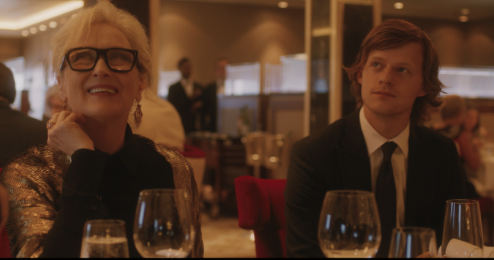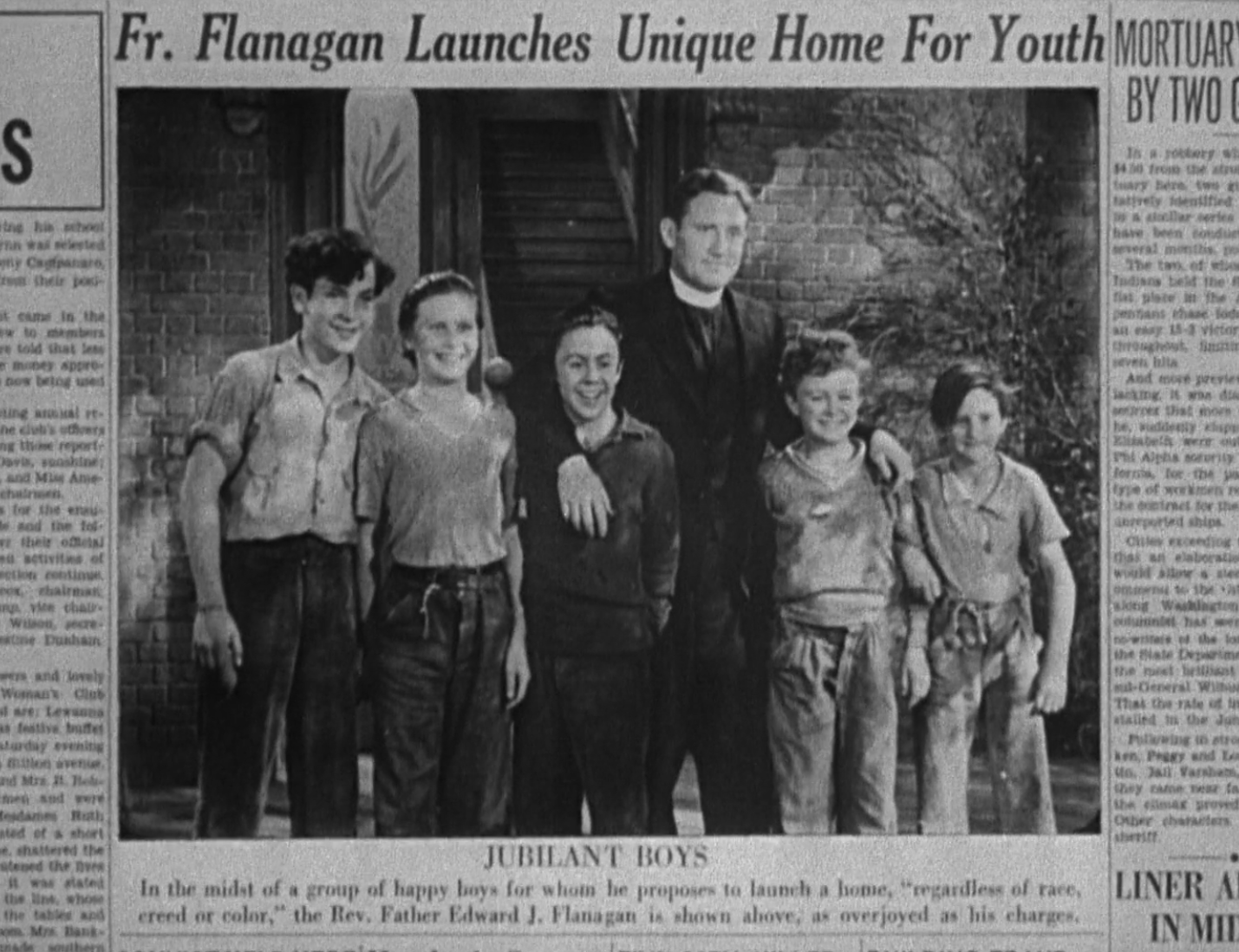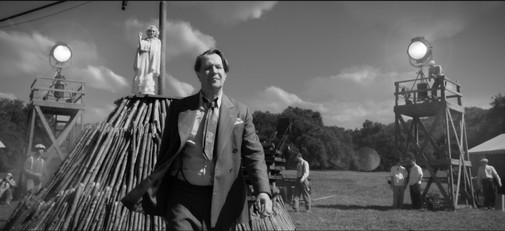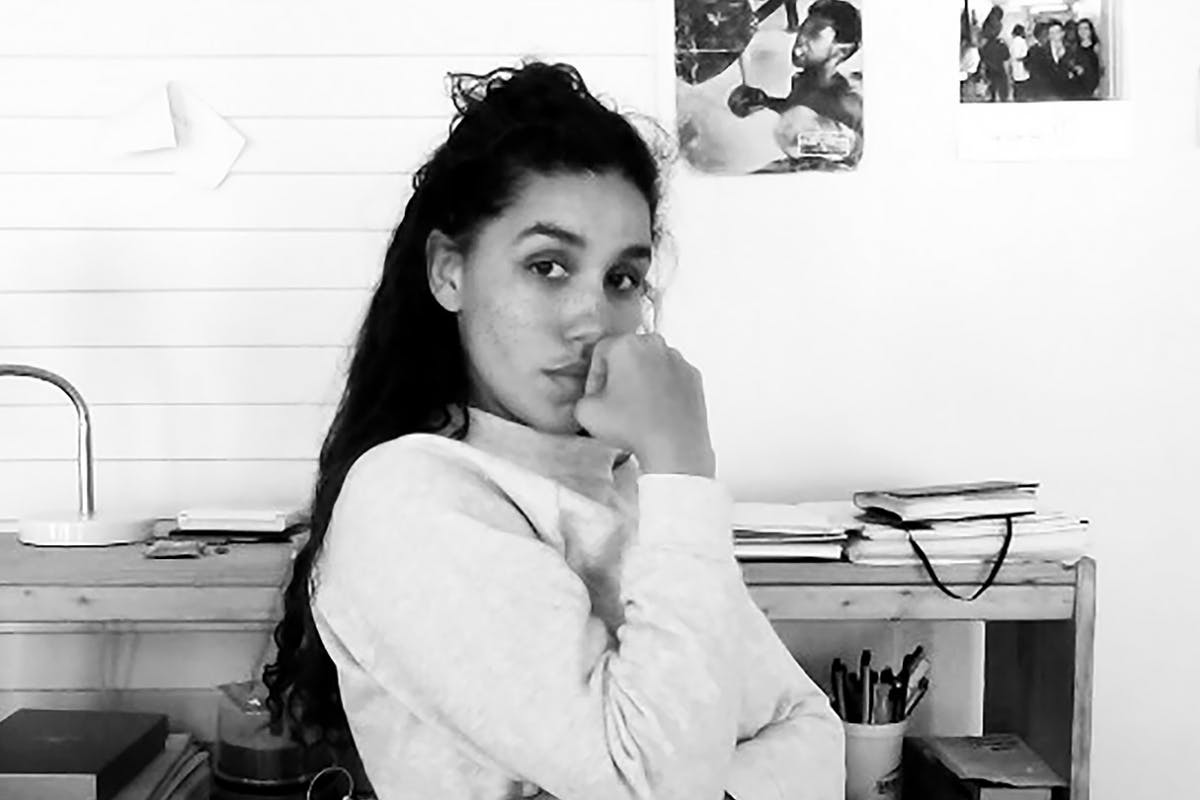Review: "Let Them All Talk"
 Saturday, December 12, 2020 at 1:20PM
Saturday, December 12, 2020 at 1:20PM by Christopher James

Imagine a cruise ship movie starring Meryl Streep, Candice Bergen, Dianne Wiest and Lucas Hedges. With five Oscars, 26 Oscar nominations and 10 Emmy wins between them, Let Them All Talk was poised for greatness just on its logline alone. The new HBO Max film may sound like the perfect fluff while at home, but that would ignore the film’s not-so-secret ingredient. With director Steven Soderbergh at the helm, he steers the film away from madcap and into more contemplative, but far less calm, waters. Let Them All Talk may move more glacially than expected. Yet, what we’re left with is a thornier and more interesting look at a decades long friendship filled with fractures.
A renowned author, Alice (Meryl Streep) learns that she is receiving a prestigious award in England (“it’s not even given out every year,” she reminds everyone she encounters). Ever the diva, Alice wants to travel by style and not by plane...






